9 Smart Home Essentials for Living in Style and Comfort
Smart homes have become increasingly popular in recent years and for good reason.
With the rise of smart devices and smart home technology, it's easier than ever to create a home that's stylish, comfortable, energy-efficient, and convenient.
In this post, we'll explore the best smart home devices that can help you live in style and comfort.
What's a Smart Home?

A smart home is a residence that uses Internet-connected devices to control and automate various home functions. These include lighting, heating, ventilation, air conditioning (HVAC), security, entertainment, and even opening and shutting your curtains.
These devices are connected to a network that allows them to communicate with each other and be controlled remotely through a mobile app, voice commands, or a centralized hub.
Smart homes use a combination of sensors, cameras, and other devices to gather data on the home's environment and occupants.
This data is then used to automate different functions, such as adjusting the temperature, turning on lights, or locking doors.
The goal of a smart home is to create a more efficient and convenient living space while providing greater control and flexibility to the homeowner.
9 Essential Smart Home Devices
1. Smart TVs

A smart TV is a television that's connected to the Internet and can be used to access streaming services like Netflix, Hulu, and Amazon Prime Video.
With a smart TV, you can watch your favorite shows and movies without the need for a separate streaming device.
Many smart TVs also come with voice control features, which allow you to search for content or control the TV using only your voice.
2. Smart Displays

Smart displays are similar to smart TVs but are designed for smaller spaces like kitchens or bedrooms.
They can be used to display information, such as the weather or news, or to control other smart devices in your home.
Some smart displays also come with built-in voice assistants like Amazon Alexa or Google Assistant, which let you control your home using voice commands.
3. Smart Speakers

Smart speakers like Amazon Echo or Google Home are voice-activated devices that can be used to control other smart devices in your home.
A smart speaker can play music, answer questions, and even make phone calls.
They can also be integrated into your existing smart home system, by connecting them to smart lights or thermostats, allowing you to control everything with your voice.
4. Smart Lights

Smart lights are LED bulbs that can be controlled using a mobile app or with a simple voice command.
They can be programmed to turn on or off at specific times or to change color or brightness depending on your preferences.
Smart lights can also be integrated with other smart devices in your home, such as smart speakers or thermostats, allowing you to control everything with a single command.
5. Smart Security Cameras

Smart security cameras can be used to monitor your home when you're away.
They can be accessed remotely using a mobile app, allowing you to check in on your home from anywhere.
Some smart security cameras also come with features like motion detection or facial recognition, which can alert you to potential intruders or identify friends and family members.
6. Smart Doorbells

A smart doorbell like the Ring or Nest Hello is a video doorbell with a built-in camera and microphone that allows you to see and speak to whoever is at your door.
It can be accessed remotely using a mobile app, letting you see who's at your door even when you're not home.
Some smart doorbells also come with features like motion detection or facial recognition, which can alert you to potential intruders or identify friends and family members.
7. Smart Thermostats
Smart thermostats like Nest can be used to control your home's heating system.
They can be programmed to adjust the temperature based on your preferences or to turn it off when you're not home.
Smart thermostats can also be controlled using a mobile app, allowing you to adjust the temperature from anywhere.
8. Smart Water Detectors

A smart water sensor like Wasserstein's Aqua Pal can be used to detect leaks in your home's plumbing system.
They can be placed near water sources like sinks or toilets and will alert you if they detect any water.
Some smart water sensors can also be connected to other smart devices in your home, such as smart lights or thermostats, allowing you to take action automatically if a leak is detected.
9. Smart Plugs
Smart plugs can be used to control devices that aren't smart themselves.
They can be plugged into a regular outlet and controlled using a mobile app or voice commands.
Smart plugs can be used to turn devices like non-smart lights on or off, or to set schedules for when they should be turned on or off.
Other Smart Home Devices
Smart Locks
Smart locks allow you to lock and unlock your door remotely using a mobile app or voice commands.
You can also set up temporary access codes for guests or service providers and receive alerts when someone enters or exits for tighter home security.
Smart Blinds
Smart blinds can be controlled using a mobile app, voice commands, or a timer.
They can be programmed to open or close at specific times or to adjust based on the amount of sunlight in the room.
Smart Vacuum Cleaners
Smart vacuum cleaners like the Roomba or Neato can be programmed to clean your floors automatically.
They can be controlled using a mobile app or voice commands and can navigate around obstacles and stairs.
Smart Smoke Detectors
Smart smoke detectors like the Nest Protect can be used to detect smoke or carbon monoxide in your home. Some can even monitor air quality.
They can be accessed remotely using a mobile app and can send alerts to your phone or other smart devices.
Smart Water Purifiers
Smart water purifiers can be used to filter your tap water automatically.
They can be controlled using a mobile app and can alert you when it's time to replace the filter.
Smart Pet Feeders
Smart pet feeders can be used to feed your pets automatically.
They can be controlled using a mobile app or voice commands and can dispense food on a schedule or on demand.
Smart Home Automation

Smart home automation refers to the process of using technology to control and automate various functions in your home.
Automation can help you save time and energy by automatically performing tasks, such as adjusting the temperature, turning on lights, or locking doors.
With smart home automation, you can set up routines or schedules to make your home managed more efficiently and conveniently.
For example, you can create a routine that turns on your smart lights and sets the temperature when you arrive home from work, or a schedule that turns off all the lights and locks the doors at bedtime.
Smart Home Integration
Smart home integration refers to the process of connecting different smart devices in your home to create a seamless and integrated experience.
Integration can help you control all your devices using a single app or hub, making it easier to manage and customize your smart home setup.
For example, you can integrate your smart lights with your smart speakers to control them using voice commands or integrate your smart security cameras with your smart doorbell to monitor your home from a single app.
Smart home integration can help you make the most of your devices and simplify your smart home setup.
FAQ
What is the goal of a smart home?
The goal is to create a more efficient and convenient living space while providing greater control and flexibility to the homeowner. Smart homes use a combination of sensors, cameras, and other devices to gather data on the home's environment and occupants. This data is then used to automate different functions such as adjusting the temperature, turning on lights, or locking doors.
What are the essentials of a smart home?
The essentials of a smart home include devices like smart TVs, smart displays, smart speakers, smart lights, smart security cameras, smart doorbells, smart thermostats, smart water detectors, and smart plugs. These devices can be used to control and automate various functions such as lighting, HVAC, security, and entertainment.
How does a smart home improve my lifestyle?
A smart home can improve your lifestyle by providing greater control and flexibility over your home's functions. With a smart home, you can automate tasks like adjusting the temperature or turning on lights. Smart homes can also provide greater security by allowing you to monitor your home remotely using cameras or doorbells. Additionally, smart homes can save you money by reducing energy costs through more efficient heating and cooling.
How can I make my home smart in 2023?
To make your home smart in 2023, you can start by identifying which devices would be most useful for your lifestyle. Smart TVs, smart speakers, and smart lights are good starting points for most homeowners. From there, you can add additional devices like smart thermostats, smart security cameras, and smart plugs as needed. It's important to choose devices that are compatible with each other and can be controlled through a single app or hub to make the most of your smart home setup.
Are smart homes expensive to set up?
The cost of setting up a smart home can vary depending on the devices you choose and the size of your home. Some devices like smart speakers or smart plugs are relatively inexpensive, while others like smart TVs or smart security cameras can be more expensive. However, the long-term savings in energy costs and the convenience of automation can make a smart home a worthwhile investment.
Can all smart home devices be controlled using a single app?
Not all smart home devices can be controlled using a single app. Some devices require their own app, while others use a centralized hub like Amazon Alexa or Google Home to put all of your smart home controls in one place. It's important to choose devices that are compatible with each other and can be controlled using a single app or hub to make the most of your smart home setup.
Are smart homes secure?
Smart homes can be secure if the devices are properly installed and updated. It's important to choose devices from reputable manufacturers and to update the firmware regularly to prevent security vulnerabilities. Additionally, it's a good idea to use strong passwords and to set up two-factor authentication for your smart home devices.
Can smart home devices be hacked?
Smart home devices can be hacked if they're not properly secured. Hackers can gain access to your home network through vulnerable devices and steal personal information (especially if your use cloud video storage) or even control your smart home devices. It's important to choose devices from reputable manufacturers and to update the firmware regularly to prevent security vulnerabilities.
Do smart homes use a lot of electricity?
Smart homes can use more electricity than traditional homes if the devices are not properly optimized. However, many smart devices are designed to be energy-efficient and can help you save money on your electricity bill. Smart thermostats, for example, can adjust the temperature based on your preferences to reduce energy usage when you're not home. Smart lights can also be programmed to turn off when you leave a room to save electricity.
These smart home devices are powerful enough on their own. But imagine the possibilities with companion accessories. So, make sure to check out Wasserstein's line of smart home accessories, including mounts for smart cameras and doorbells, solar panels, and more.


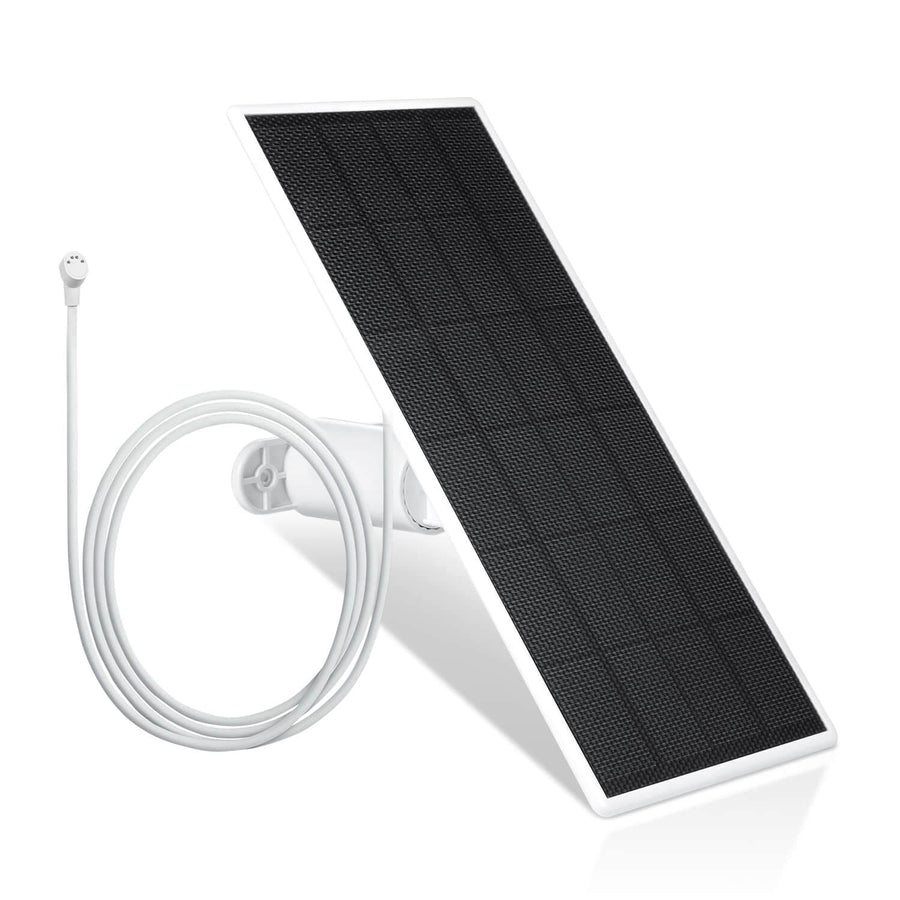
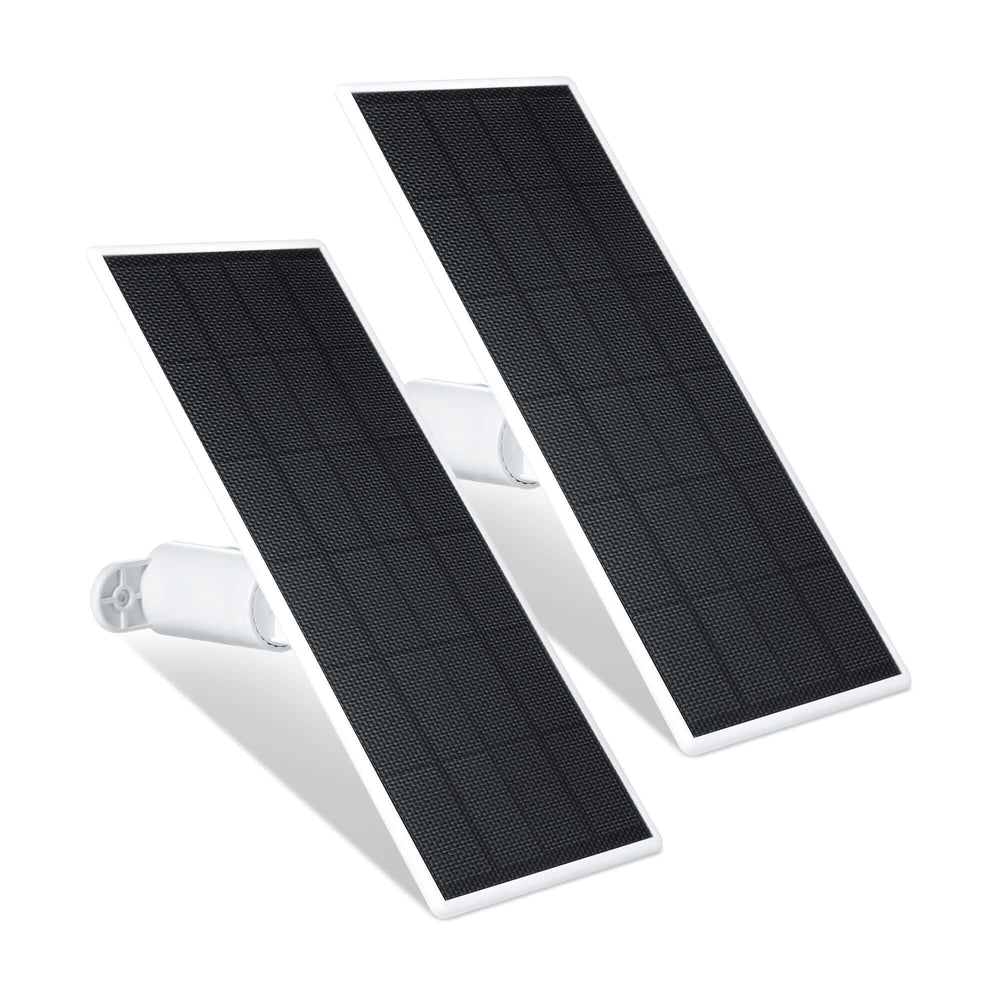
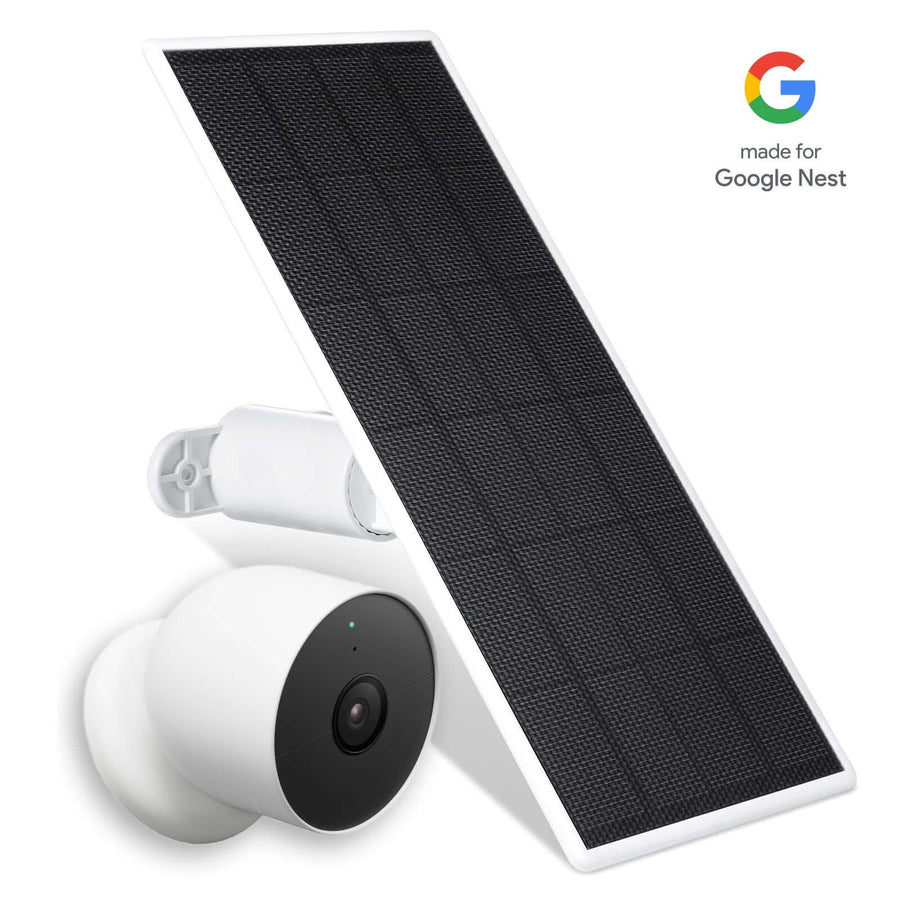
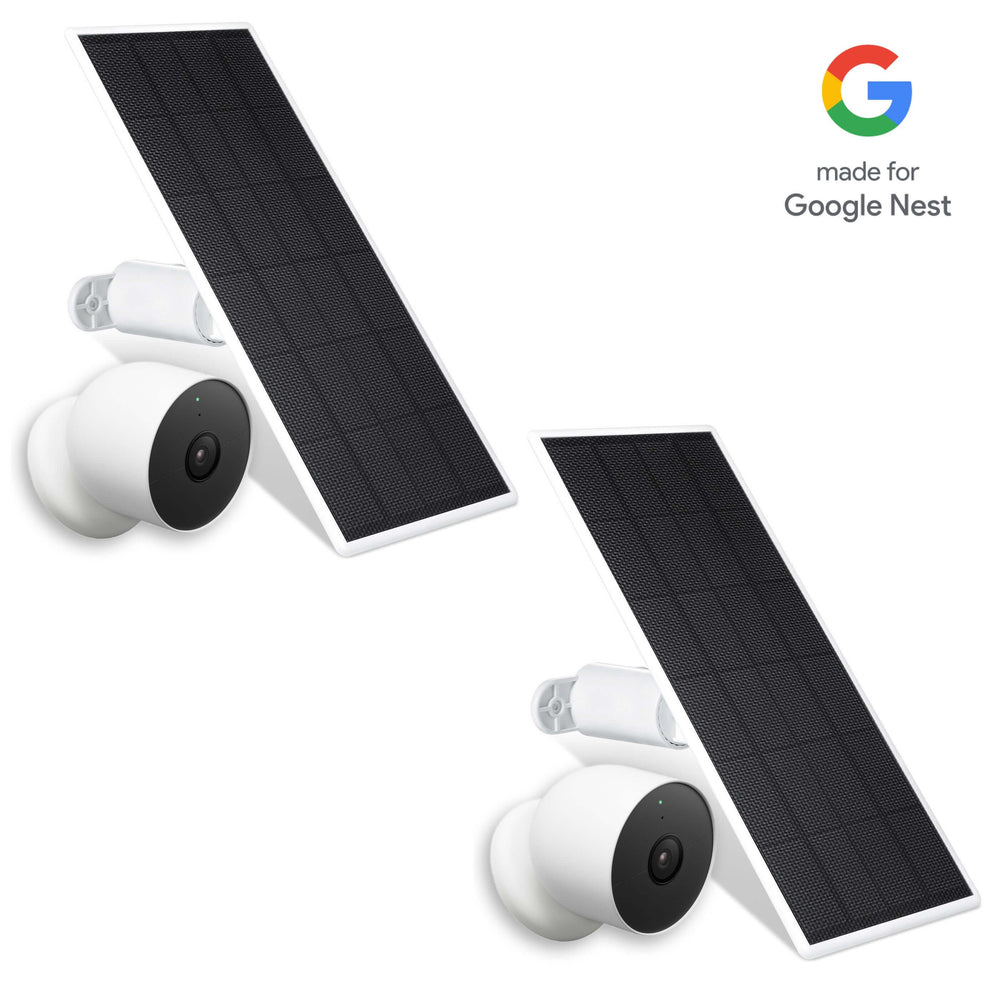
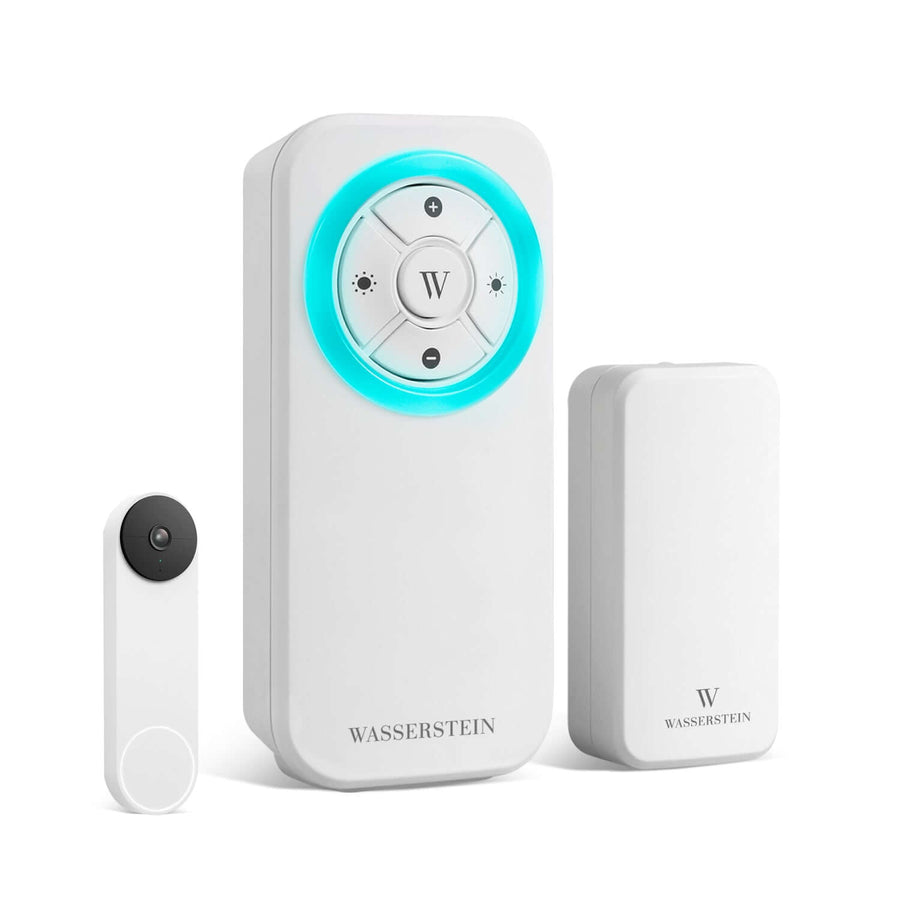
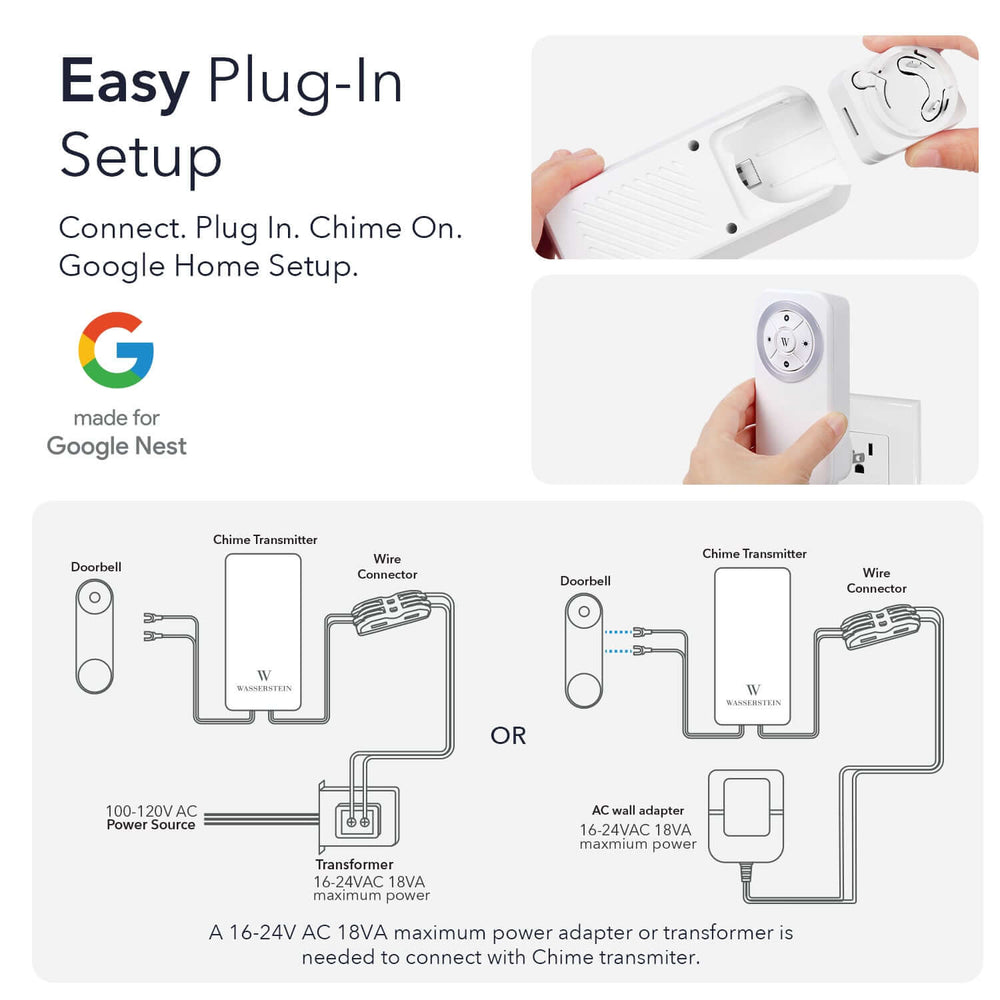
This was a very detailed and helpful guide on essential smart home devices. I like how the post covers everything from convenience upgrades like smart lights to safety focused tools such as security cameras and water detectors. The FAQs at the end also clear up common doubts making it easier for beginners to understand the real benefits of starting a smart home setup.
Leave a comment